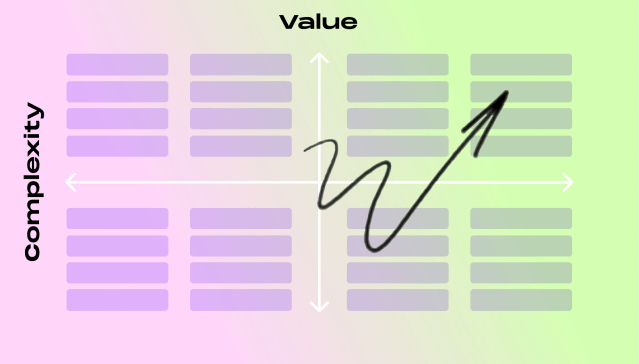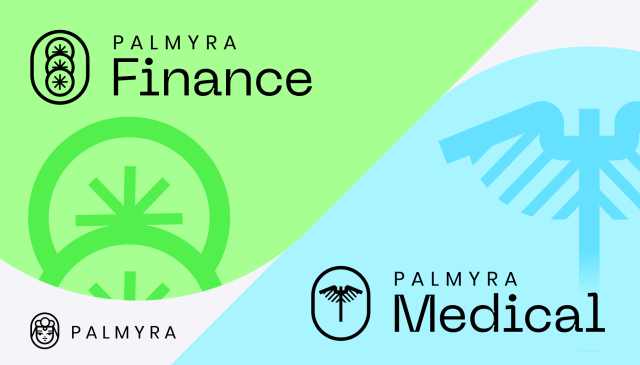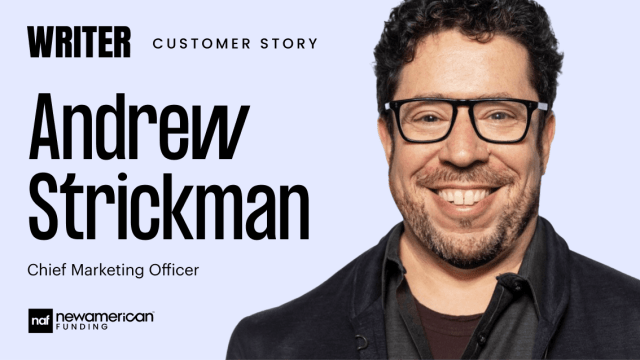AI agents at work
– 8 min read
The cure for compliance headaches: Generative AI in regulated industries

Compliance bottlenecks and cumbersome review cycles shouldn’t slow you down from delivering value. Generative AI is helping companies in even the most highly regulated industries shorten their review cycles, accelerate approvals, and reduce risk.
WRITER is the full-stack generative AI platform for enterprises. We make it easy for organizations to deploy AI apps and workflows that deliver impactful ROI. We recently hosted an AMA to show leaders how generative AI transforms workflows and relieves content compliance headaches. Led by Christine Tran, solutions marketing lead, and Johanna Murphy, AI program delivery manager, the session demonstrated three steps to integrating AI into your compliance workflows and three sample compliance apps.
- Generative AI is being used to address compliance bottlenecks in highly regulated industries — such as financial services, healthcare, and CPG/retail — by shortening review cycles and accelerating approvals.
- The three-step process for integrating AI into compliance workflows includes discovering how current processes work, identifying bottlenecks and pain points, and then using generative AI to enhance and streamline the workflow.
- WRITER offers out-of-the-box AI apps and a development suite for building custom AI solutions, helping organizations improve content compliance and efficiency.
- For financial services, a sample AI app scans content for compliance issues, highlights areas needing attention, and provides recommendations for improvement, ensuring content meets regulatory standards.
- In healthcare, an AI app analyzes member communications to ensure adherence to specific reading levels and legal requirements. For CPG and retail, it checks written and visual content for regulatory compliance, such as FDA and ESG standards.
How content compliance is creating major bottlenecks
In industries like financial services, healthcare, or CPG and retail, content compliance ensures adherence to regulatory standards, protects consumer safety, and maintains brand integrity. According to the audience, 54% have experienced delays of weeks, while 18% have had to wait months to move forward on projects or tasks due to content compliance issues.
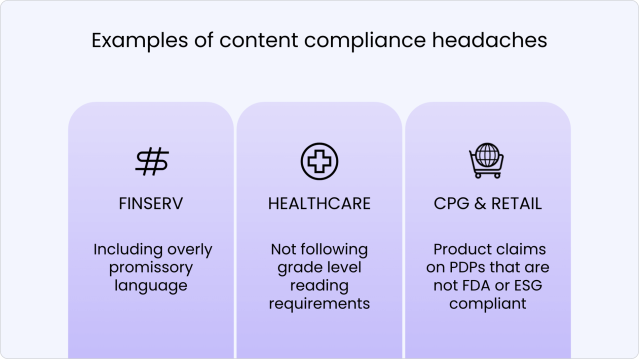
These delays cause major bottlenecks, slowing down companies from delivering impact. But compliance is a critical part of the process.
“You have to follow the regulations, make sure there’s no brand damage, there’s fines to avoid, and you have to do right by your patients or your clients or your customers,” Christine Tran emphasizes.
That doesn’t mean the delays are necessary. Once you’ve identified your bottlenecks or pain points, you can implement generative AI to address them through a simple three-step process.

The cure for compliance headaches: Generative AI in regulated industries
Watch now
Step 1. Discover how it’s done
This first step might seem a bit explanatory, but it’s crucial if you want to properly document your processes. Identify who is doing the work, what is being done, and where the work is happening.
“Understanding your full end-to-end workflow is going to help you best to identify where in the process you’re having some of that breakdown, where there might be tension,” Johanna Murphy explains.
It’s important to involve all the necessary teams. Most workflows go through a few departments, so take the time to collaborate and thoroughly map out the workflow.
“This is kind of that opportunity to get in a room, go through a session, and actually figure out how you are working, how a process is going, and then really identify where you can start to improve it utilizing generative AI,” Murphy says.
Take a look at this example map of the first step, which shows how a content compliance process might touch on three different teams.
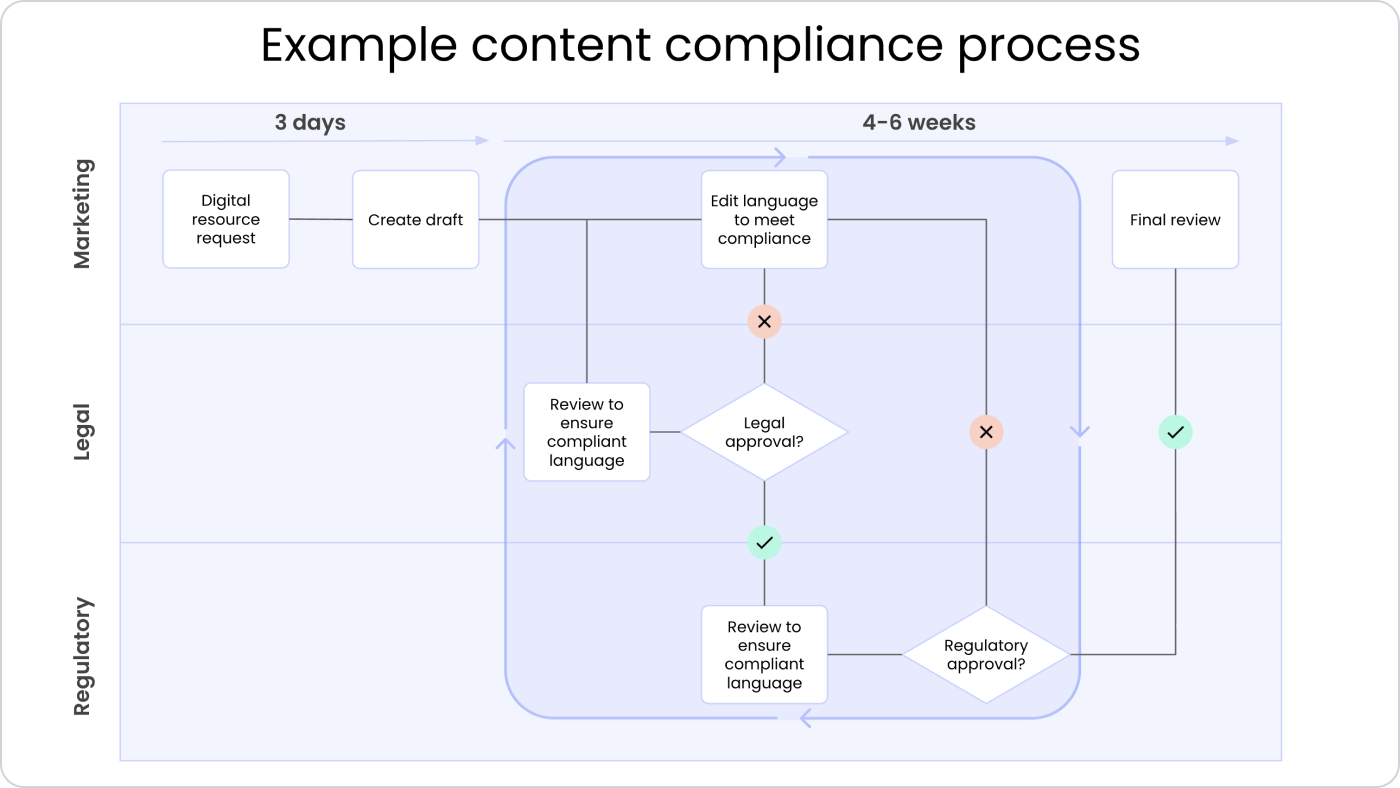
It might only take three days for marketing to create a first draft. But then that piece of content gets stuck in purgatory between regulatory and legal departments, meaning they won’t have the final approval for another four to six weeks (if they’re lucky).
Step 2. Identify bottlenecks and pain points
Now, as a team, you need to look at the content compliance process map you’ve created and find the problem(s). Focus on these three questions:
- Where are the biggest pain points?
- Which team usually experiences delays?
- Are there process loops you can streamline?
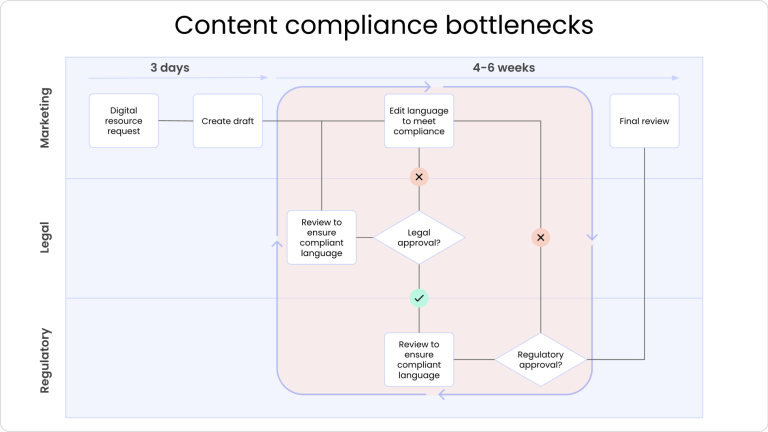
In our sample map, we’re seeing the process get stuck in two different places — creating a cycle where teams have to ping pong back and forth.
“However many regulations you need to touch on and get solved for or make sure that you are compliant with, it’s going to continue to go through that loop,” Murphy explains.
Now that you know where those delays are happening — and why — you can reimagine your workflow.
Step 3. Use generative AI to power your workflow
This last step is where you will break down and reinvent this mission-critical workflow, plugging in AI at various steps to make the process work better for you. When you’re going to implement AI solutions, it’s best to start with areas that have repeatable or standardized processes.
“Compliance is a relatively good place to start because there’s good regulations that are out there,” Murphy says. “You know what your rules are that you need to follow so that part is standardized.”
Once you reinvent the workflow, here’s what it can look like.

Bringing in AI at various touch points — not only where there were major bottlenecks — helps get the content as clean as possible before it reaches legal.
“The beauty with WRITER and generative AI is not just that it’s going to accelerate that time to content creation. We can have guardrails built into that actual content creation as well,” Murphy says. “So you’re not just creating that new article, you’re also already having it look at, ‘Where should I have compliant language?’”
Humans still need to be involved in the process, especially with sensitive matters like legal and regulatory compliance, but AI can help make the upstream content better and make the reviewing process more efficient.
“When I’m working with customers, regardless of the output, if it’s regulated or not, you always, always have that human in the loop,” Murphy says. “It’s truly that partnership. You’re accelerating with that technology, but you still want to do that verification, be able to double-check and have that final ability of control.”
Check out our sample content audit apps
Once you’re ready to make generative AI a staple in your compliance process, you can browse a selection of out-of-the-box AI apps. Or, build your own in WRITER AI Studio, our suite of development tools, including no-code options, Python development framework, and APIs that make it easy for anyone to build and deploy AI apps and workflows.
Here are three sample content audit apps for highly regulated industries.
Financial services
The sample financial services app takes your content — with rules, guardrails, compliance, and regulation built into the back end — and scans text to highlight what teams should look for.

“This is hopefully going to make it easier for compliance teams to be able to target where they are going to look and start to scroll through and see, ‘OK, this one is promissory language they’re not able to use,’” Murphy says. “We have then recommendations along the side for those flags.”
Using a specialized LLM (like Palmyra Fin) can further decrease delays and ensure a first draft is as compliant as possible.

Generative AI use cases for financial services
Read the guide
Healthcare
In healthcare, member communication often needs to be at a specific reading level due to the Affordable Care Act legal requirements. An AI app can analyze the reading level and provide actionable insights into where the copy needs to be improved.
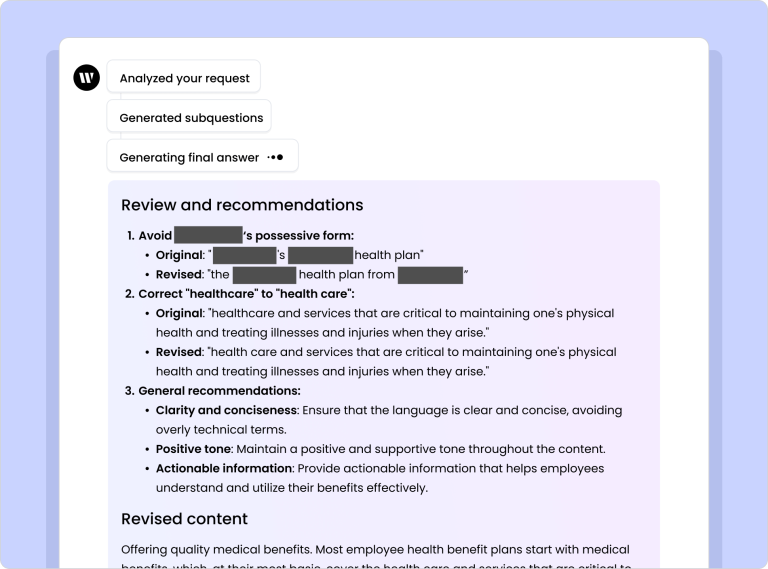
“It’s kind of showing you how [a customer] built eight style guides into WRITER, and then how we can help them take a really dense piece of content, review it, recommend changes, and then even revise the content to be more compliant,” Tran says.

The big book of generative AI use cases for healthcare payors
Read the guide
CPG and retail
Generative AI apps designed for CPG and retail ensure that content is regulatory-compliant and produced efficiently. Whether it’s FDA compliance for product detail pages or ESG compliance where applicable, generative AI can meticulously check and verify these claims.
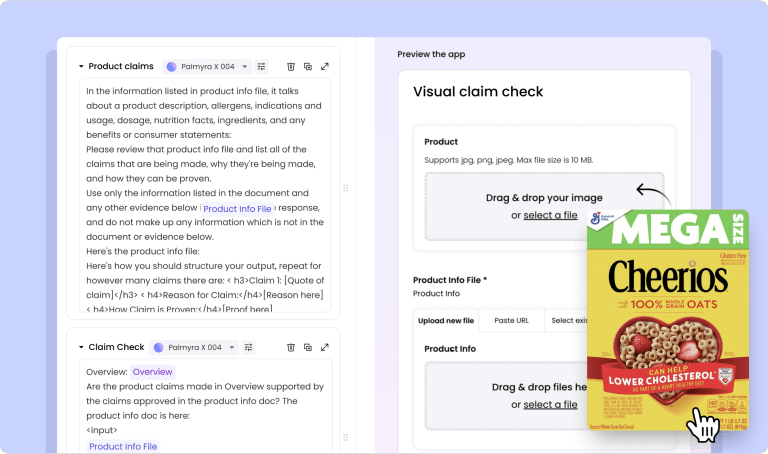
You can run these checks on written copy and visual images. Take a product tour here.
“You can even upload product imagery and user vision model to check if a claim is compliant,” Tran explains. “You can connect it to your PIM system and validate that everything’s, you know, buttoned up.”

Generative AI use cases for retail and consumer goods
Read the guide
Cure your compliance headaches with WRITER
If you’re suffering from weeks-to-months-long compliance headaches with no alleviation in sight, then you might need a healthy dose of generative AI. WRITER is the perfect prescription for teams in highly regulated industries, helping you meet standards while maintaining forward momentum.
And as technology advances, agentic AI might serve as an even higher dosage of pain relief in the future.
“I think with agentic AI coming in the near future on our platform, we’re going to see even more automation and elimination of steps,” Tran says.
Watch the full AMA and partner with WRITER to transform your mission-critical content compliance workflows.
